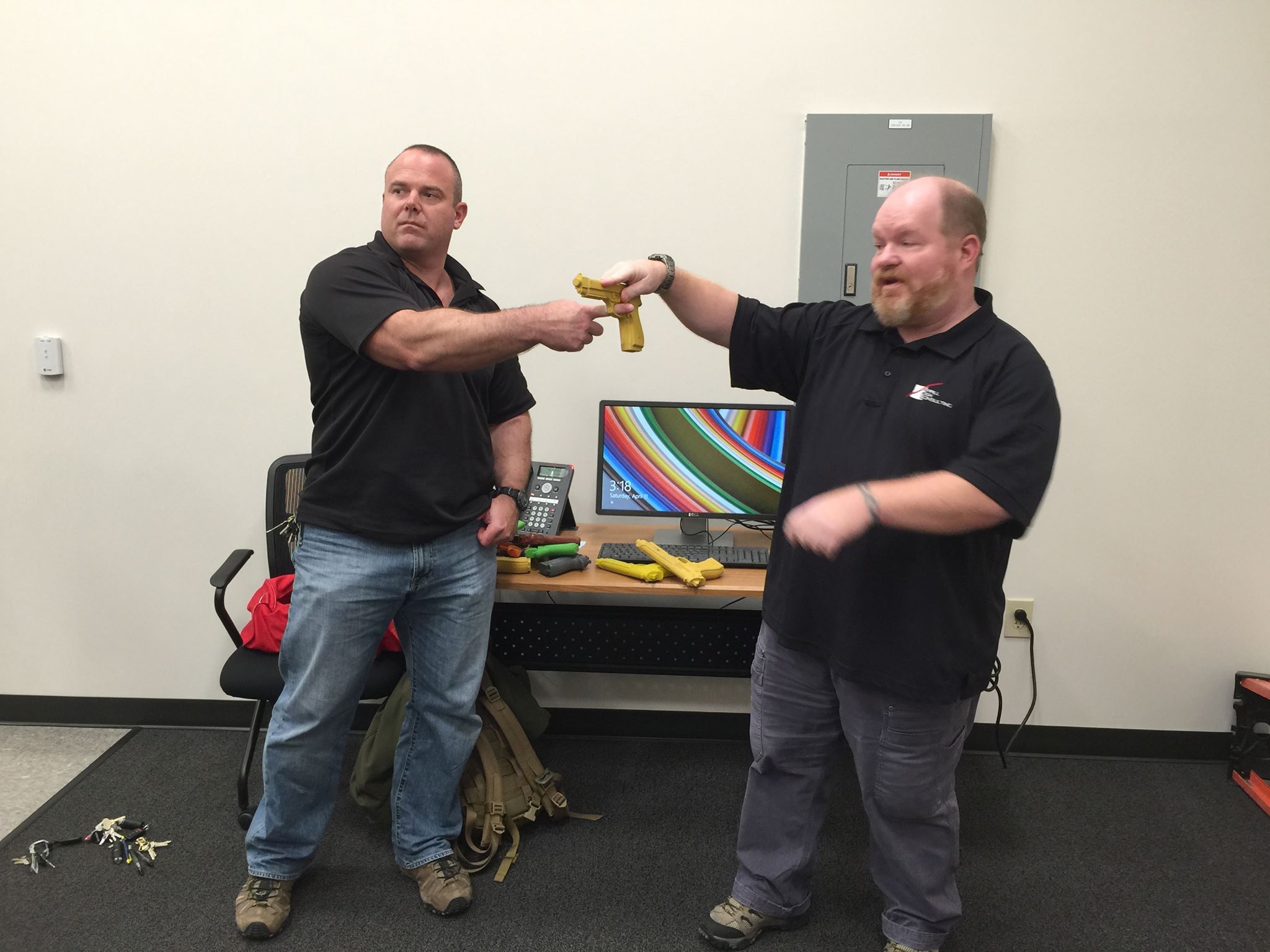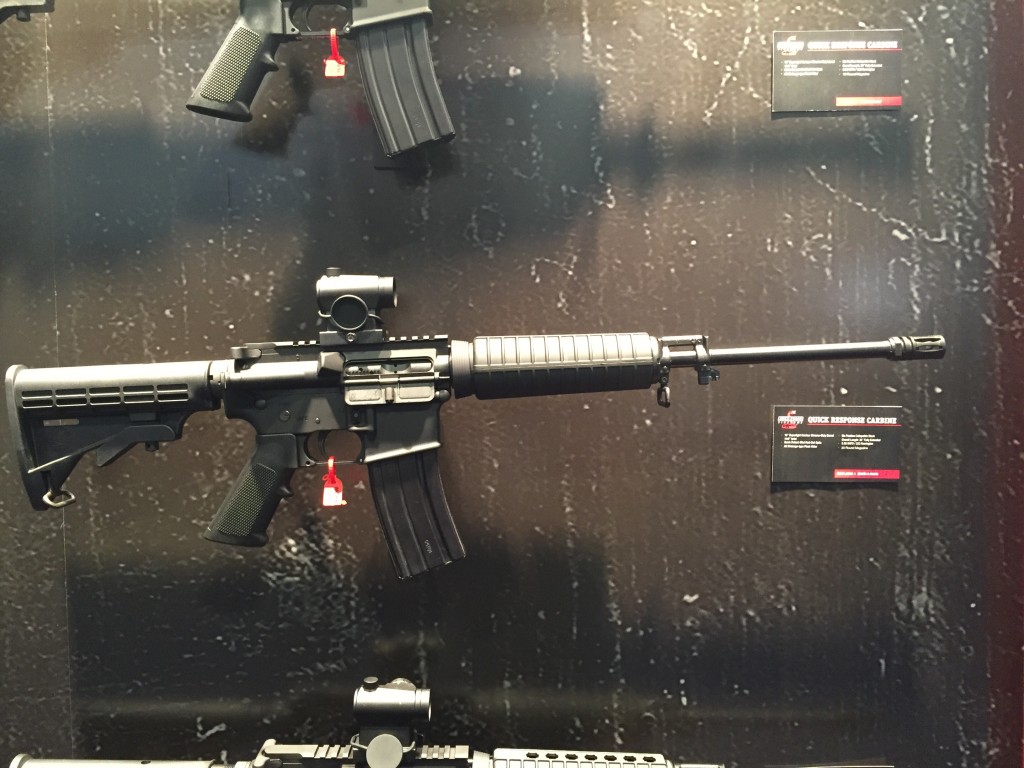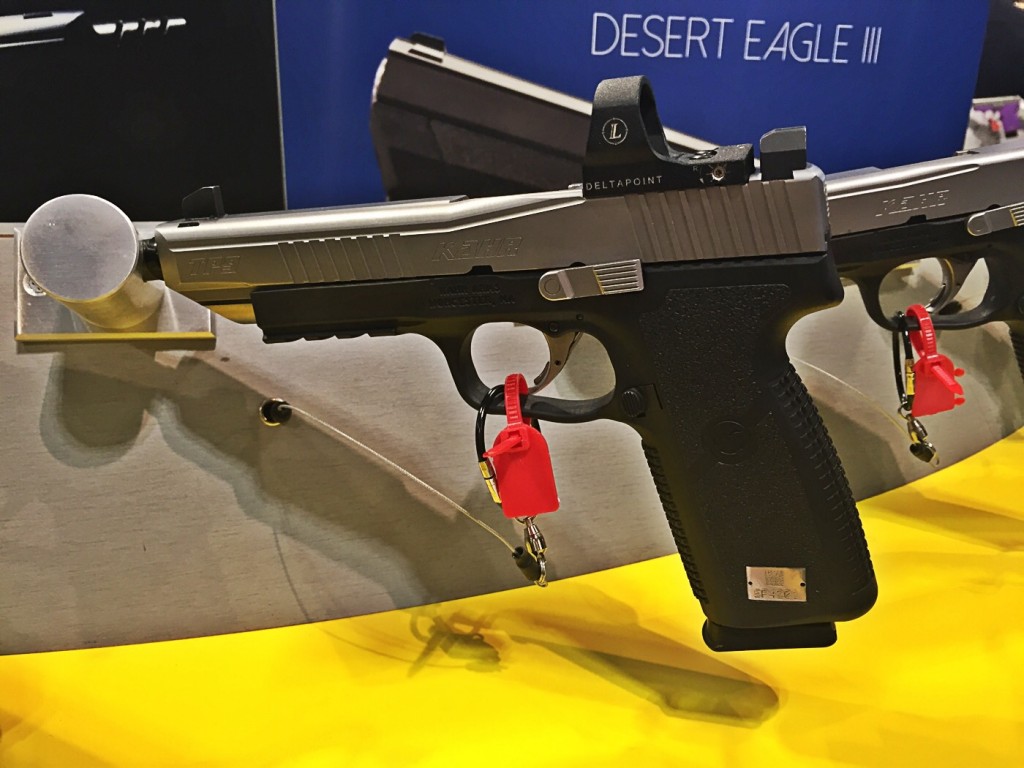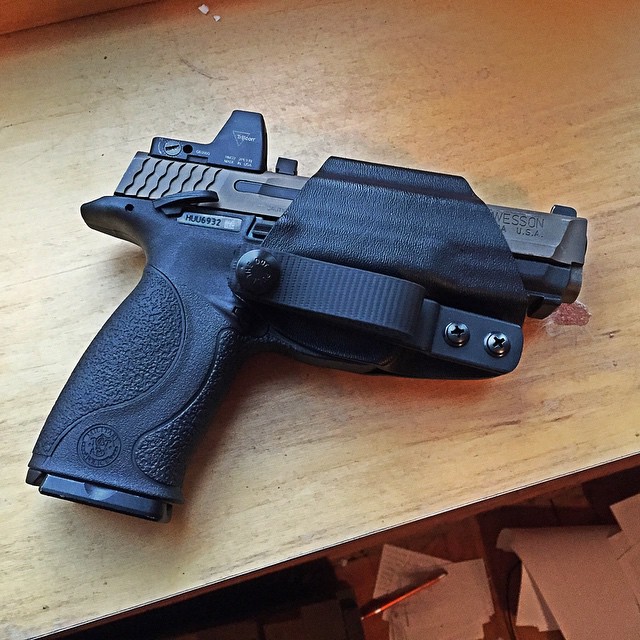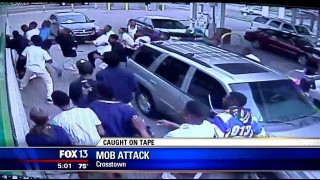I’ve spent a fair bit of time in this space discussing the disconnect between the way criminals approach the world and the way normal people (people like you) approach the world. Self defense is a matter of problem solving…but I don’t think there are a lot of resources that do a truly good job of explaining the problem that the law-abiding citizen is going to have to solve. The average Joe/Jane who carries a firearm does so to have an effective means of defending themselves from criminal assault…but very few have any understanding of how criminal predators actually function. Criminals, the vast majority of them anyway, are not random. They are not like a meteor falling out of the blue and hitting you on the head. As I tried to demonstrate with the series of previous articles, criminal attacks exhibit process, planning, training, deliberation, and application of past experiences to present circumstances.
The other half of Unthinkable is essentially a guided tour of the criminal mind, allowing you insight into the who, what, when, where, and why of criminal violence. William Aprill is a former police officer and deputy US Marshal turned mental health professional. He’s spent much of his adult life interacting with and studying the kind of people who generate those news stories that bewilder and horrify most normal people. In Unthinkable he gives you the benefit of his learning and experience in a series of easily digestible presentations on violent criminal actors, how they operate, and how to defend yourself against the worst case scenarios that a violent criminal actor may put you into.
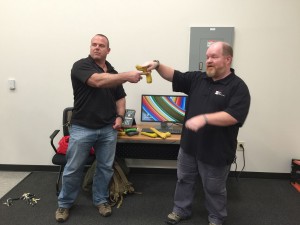
If you’ve heard discussions about self defense before, you’ve heard the term “de-escalation” quite a bit but it’s often used out of context. De-escalation or a general commitment to staying out of trouble is a good default strategy but it’s really not the most applicable concept in the consideration of self defense against violent criminal actors. The golden ticket of self defense is de-selection.
William spent a bit of time explaining the concept of heuristics and further explained that these quick judgments are typically the criteria used by criminals in the selection of victims. To paraphrase William, criminals typically have a simplified go/no-go decision tree that usually precedes an attempted crime. They are making quick judgements about potential targets based on information that people are putting out into the world, usually without any conscious awareness of it.
If I asked you what you could determine about a person by watching them walk to their car in a parking lot I’d dare say most of you would respond that you couldn’t tell very much about them…but stop for a second and think about all the things you unconsciously recognize about them. Can you find any useful information about someone based on the watch they are wearing? Their makeup? Their clothing? How about the way they move their arms when they walk? How about something as simple as their gait? Think about an occasion when you watched someone carrying something heavy, or when you saw someone with a severe injury that limited mobility moving around.
When you stop and really think about it you come to understand that human beings are constantly streaming important information about themselves out into the world. There are solid indicators of social status, economic status, general health and athletic ability, and our awareness of the world around us that we put out there all the time…and criminal actors notice these indicators.
Remember that criminals are perpetually on the hunt. They are looking for those “go/no-go” indicators without the people they are sizing up even being aware of it. Here again, think about it: If I told you that somewhere out in the Wal-Mart parking lot there was a dude sizing you up for a potential criminal assault, would it change your behavior? Absolutely. If you know that there’s someone considering attacking you then you couldn’t help but change your entire demeanor…and that change in demeanor, believe it or not, can be enough to put you in the “no-go” category. You would likely be more deliberate with your steps, you wouldn’t be overloaded with bags, and you would be looking carefully at the surrounding environment instead of having your face buried in your smart phone. These are all signs that attacking you has a lower probability of success and that alone can de-select you in the mind of the bad guy looking for a target. Simply by changing the sort of information you are communicating into the environment you can prevent even being considered as a potential target for an attack. That’s far better than having to pull a gun to stop an attack.
I have pages of notes on William’s presentations at Unthinkable and it’s impossible to condense them all into a blog post that’s over 800 words already…and I haven’t even discussed his presentations on the classification and background of criminal actors, or his extremely interesting presentation on the mental aspects of surviving a hostage situation. He even presented an excellent close range weapon disarm block with simple, effective techniques for those worst-case scenarios where there’s literally the barrel of a gun sticking into your anatomy.
Thankfully some of William’s material has been committed to DVD form which he will happily sell you for a modest fee. I picked up his “Violent Criminal Actors” DVD and his “The 5 W’s of Personal Defense” DVD at the course because there was so much excellent material presented I’m certain I need to go through it again to pick up things I missed the first time.
After the class had finished on Sunday afternoon I was waiting to snag the DVD’s from William and I told Greg Ellefritz that if it were possible I would happily trade every carbine course I’ve ever taken for Unthinkable because it’s so much more relevant and useful for my goals than all those hours of sunburned misery doing turning drills with a carbine. It’s not that the carbine courses are bad, just that it’s a weapon I can’t carry and so it’s unlikely I would ever use the thing…but this information about how violent criminal actors select victims, simple and effective disarm techniques, and better insight into the very different mindsets that criminals and the law abiding bring to the table when their paths intersect…that’s information I’ve been looking for all along.
If you have the chance to take Unthinkable, I encourage you to do so. William is partnering with different co-instructors across the country that will all bring something unique and worthwhile to the table in addition to his fantastic presentations on what makes bad guys tick. Having the gun is great, but the gun is just a tool…it’s having the kind of information and flexibility presented at Unthinkable that makes the difference between someone who has a gun, and someone who is armed.
